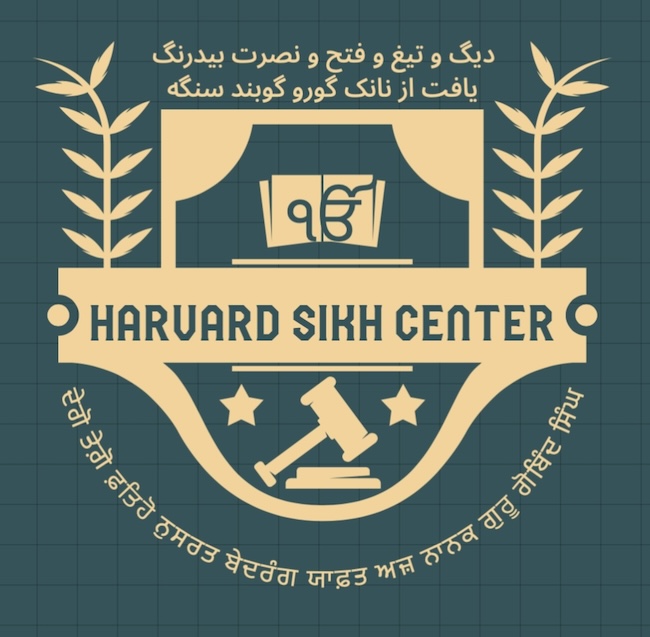I.J. Singh
History tells us that in the sixteenth century Ignatius Loyola decreed that henceforth all priests of the Jesuit order must wear a collar. He also promulgated a special code of conduct for the clergy. Why? Apparently, Ignatius wanted to organize a special cadre of people devoted solely to serve the church and its flock. He called it the “army of Christ”. This army of shepherds was to guide and lead the flock of believers. The uniform and the code defined the army. Those who joined this army pursued a higher calling than the laity.
What was India like around that time? A predominantly Hindu county, it was ruled by Muslims. Hindu society had always been cast-ridden in which over half the people were denied their humanity. For instance, the women and lower castes could not read the holy scriptures and were denied access to most professions and trades etc. In that society, food was deemed defiled if the shadow of a lower caste person fell on it, and molten lead could be poured into the ears of such a person should he hear the sacred scriptures. Female infanticide was common and widows were routinely burnt at the pyres of the dead husbands in a rite called suttee. The upper castes were corrupt, the priests sold religious indulgences; the Brahmins were little better than charlatans, the ticket sellers for a dubious passage to heaven, but above all, the guardians of their own privileged lifestyles. The people were powerless, under the heel either to their own corrupt upper cast Brahmins or the ruling Muslims. The Muslims were intolerant of other religions, and by special taxation and other humiliations, waged a full scale effort to islamize India. For instance a non-Muslim could not bear arms or ride a horse except by special permission and paid special taxes for weddings and funerals.
History also tells us that on Baisakhi (around mid-April) 1699 the tenth Guru, Gobind, appeared before a congregation of 80,000 at Anandpur in Punjab. He flashed a naked sword and demanded a head. Some followers slipped away, many looked away. What kind of a Guru asks his followers for such a sacrifice? This Guru did, not once but five times. Each time, one Sikh stepped forward.
History also records that from this modest beginning, Guru Gobind Singh created the mighty Khalsa nation. He dubbed them “lions”, each equivalent to 125,000 ordinary men; each a king among men or a princess. His Sikhs were to have the valor of a lion and the grace of a princess. After he created his new order, the Guru knelt and his first five converts in turn converted him from Gobind Rai to Gobind Singh. By this act, he set himself, not as a ruler of a nation or a General of an army, but another soldier of the Khalsa. In this unique gesture, the leader acknowledged his debt to his own people – every leader is so indebted but few remember.
This incident deserves a special place in the annals of human history, management of large organizations, corporate hierarchy and leadership training. It was a rare process and technique to teach a downtrodden and powerless people the idiom of empowerment and it turned India’s feudal society on its head. The lesson was not lost either on his Sikhs who cheerfully followed Guru Gobind Singh through the hell of pain, suffering and war, nor was it lost on the Hindu and Muslim elite of the society whose comfortable thrones were rocked by the Sikhs and who declared perpetual war on the Sikhs. I call this a perpetual war because even now three hundred years later in the twentieth century, India’s feudal, Brahminical ruling classes resent the assertive sense of self and of power that the Guru bestowed upon his Sikhs. And therein lie the roots of the Sikh struggle for autonomy in India today.
History also tells us that where his followers had offered their heads, Guru Gobind Singh did not lag behind. He led his soldiers like a good General, not from a comfortable bunker but by being alongside them. He laid on the line not only all of his worldly possessions but also his family including minor children and ultimately his own life as well. He looked at the miracle of his creation of the Khalsa and attributed it to the Khalsa, without pride or conceit. God’s work was done, he said. He gave his Khalsa a special code of conduct, a specific uniform, and distinctive symbols.
Khalsa was destined to be an army of winners, fearless and pure, in service to God and Man, in pursuit of righteousness. Unlike Ignatious Loyola’s army, this “pride of lions” of Sikhs was to have no professional clergy, nor were there to be any sheep or shepherds. In this nation of soldiers of God, there were to be none who were more equal than others. Henceforth, every Sikh who was a Singh or Kaur was to be in uniform as a soldier. There were to be no higher calling for some and not for others, as Loyola had envisioned. The code of conduct applied equally to all, including the Guru and he himself remained answerable to the directives of his Khalsa.
Guru Gobind Singh created the Khalsa but the foundation stone had been laid by the iconoclast Nanak who challenged authority most-boldly and by his followers who were martyred for the right to live with dignity. Guru Nanak found a demoralized nation of jackasses but by his teaching and by the examples of his followers, the spark of self-respect was lit; the process of transformation of a jackass into a lion had begun. Two hundred years later, by the time of Guru Gobind Singh, it was time to awaken the sleeping lion; the jackass had been metamorphosed. Only then did Guru Gobind Singh give the lion a new uniform and a code of conduct.
Guru Gobind Singh created an egalitarian order but for the ordinary follower he did not make the job any easier. If there is no clergy with binding ecclesiastical authority, then each Sikh has to cultivate and heed his own conscience. Each Sikh must hone his own intellect and plumb the depths of his own faith. Guru Gobind Singh recognized that each one of us has a constant battle to fight and the enemies are not necessarily out there. In all the battles of life that must be fought, no battlefield is more important than that of the mind. On that Baisakhi day three hundred years ago, Guru Gobind Singh staged the lesson of life: In everything you do and in each moment of your life, live honestly and so that you can put your head on the line. In whatever you do, do it so that you can live and die with dignity.
Now three hundred years after Guru Gobind Singh, is there anyone asking for a head?
When a business associate suggests that a little greasing of the palm could smooth the way for your project or when a prospective employer hints that a job or a promotion could be yours if you appear without your Sikh uniform, why should you resist? If the road you take is less than straight and narrow, why does it matter? If social life could be easier without the long hair or the Sikh uniform, why not take the easy road? Why look to the road less traveled by? Haven’t times changed? Guru Gobind Singh is not asking for heads now, or is he?
Yes, three hundred years have passed. Guru Gobind Singh no longer appears in person at the job interview, flashing a naked sword and asking for your head. Mysterious are the ways of the Guru and many are the people that he uses as his instruments. Now the question is framed differently, the flashing sword is replaced by the prospect of social isolation, economic disaster or harassment at the job or in the neighborhood. The instrument of the Guru is the affable man or woman behind the desk asking all these awkward questions. The instrument of the Guru may be the nice person having a cup of coffee or pleasant conversation with you. The intent of the questions is the same, only the form is different. The question is asked a hundred times a day and in a myriad ways. Three hundred years later, once again the Guru wants your head. Many will slip away, just as they did three hundred years ago. Many more will look away, just as they did then.
The question is: How are you going to answer the call?

